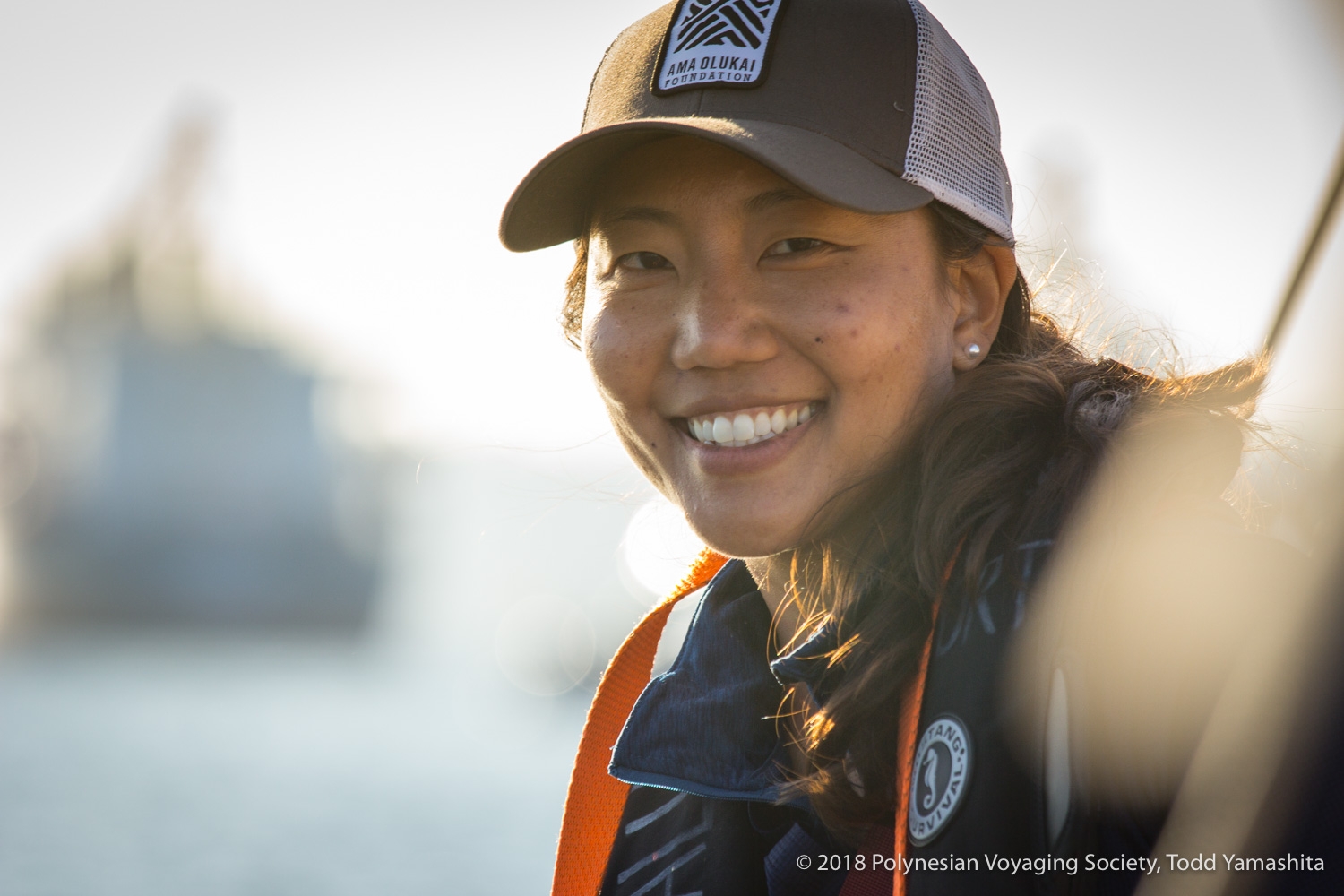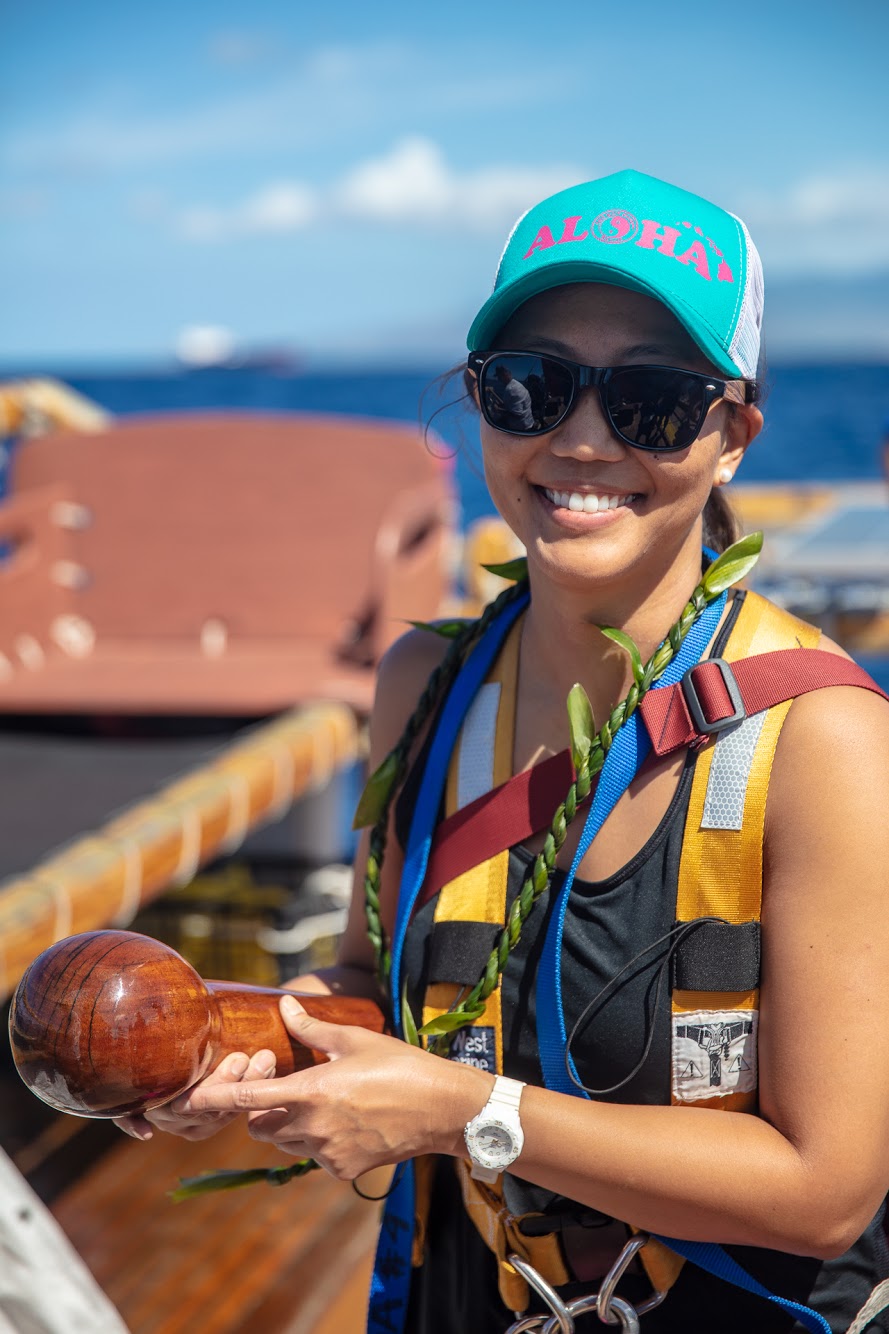
INTERVIEW: Jen Choi
As part of our ongoing effort to democratize innovation across the company, Team Toolkit has picked up a couple of new members since we started. One of them is Jen Choi, a Senior Multi-disciplinary Systems Engineer at MITRE. Rachel sat down with Jen recently to learn a little more about her and formally introduce her to the community!
Rachel: Welcome to Team Toolkit, Jen! Can you tell us a little about yourself?
Jen: Hi Rachel! I’m stoked to be here with you and Team Toolkit. I joined MITRE last June and have had a pretty interesting path before arriving here… I have close to a decade of experience in engineering, but I also spent a few years as an entrepreneur, an executive coach, and a surfer: I had my own coaching business, and I also worked with a non-profit, Surfrider Spirit Sessions, where we “catch waves and change lives” by teaching at-risk youth how to surf and how to change their lives using lessons drawn from the ocean. I’ve been fortunate to have traveled the world for a year, and I also used to live and work abroad in the Netherlands. Before moving to Massachusetts, I was living in Hawai’i and began learning how to navigate using the stars and I’m currently a voyager with the Polynesian Voyaging Society.
R: How did you first get involved with Innovation Toolkit?
J: I worked with Dan on a sponsor project and the ITK team was brought on to support a workshop in the Pentagon. The team banded together to build the problem framing canvas and the Opportunity Capture canvas in a weekend. I had never heard the word ‘charter’ or ‘canvas’ before in this context and seeing the rapid tool-building was really cool – one person started it and then others contributed their ideas.
R: What’s your favorite part of being on Team Toolkit?
J: I love the energy of possibility – the openness, creativity, and willingness to think different and be different. And, that it’s encouraged and supported. In an engineering company, I think remembering the human aspects of design, rather than only thinking of systems, can help lead to innovation. Having a collection of these tools that are available to everyone and applying them in traditionally systems-oriented environments (military especially) feels really creative.
I like seeing the confidence boost when people realize they have something valuable to contribute. Using these tools becomes inclusive because everyone is invited to participate. You never know what cool idea is going to come from whomever.
Also, I like introducing people to a new idea and seeing how their perspectives and mindsets shift. That, to me, is really exciting; that’s the most powerful thing we can give to an individual. I’m all about the power of choice. Mindset is a big part of what Toolkit is about, both to help you shift your mindset and to help you articulate that.
R: Do you have an example of that?
J: When we used the problem framing tool with one of my sponsors who is very traditional, reserved, and likes to plan ahead, they were surprised by how much they could get done in an hour. They were beginning in a totally new domain and didn’t know where to start. We uncovered not just one problem, but many problems, and so
mething “fuzzy” started to clarify. They continue to be appreciative and champion this type of problem solving; they want to bring this to their leadership and other organizations!
R: What is the most challenging part of working with people and ITK?
J: Some people have a natural aversion or resistance to the tools. I’m starting to build my barometer of when a group is “ready” for toolkit or not. That can only be done by trial and error, which makes it the challenging part. Sometimes it will be a “hard no” and always be a no. Some are a “not yet” and you have to take that temperature pulse. When there’s trial and error, there will inevitably be errors. You need to figure out what went wrong…and be willing to try again.
On a more logistical note, the tools are the best when you have diversity of people in the room. Being able to get on people’s calendars can be a challenge. People are busy and have competing priorities, so it can be tough to even find time to use the tools.
R: Tell me about some of the people you’ve met while working in ITK.
J: Without Toolkit, I never would have gone into the Pentagon to facilitate a lot of senior leadership in the government! Using ITK was really cool because unlike traditional engagements where one is typically looking for a decision or guidance, the roles were reversed and we were guiding the senior leaders by drawing out their individual inputs and helping piece these together as a group.
R: How would you describe your style of innovation?
J: I encourage people to see the bigger picture and set goals based on their vision. When I was coaching, I helped people get unstuck and get clear on what they’re really trying to do. That’s how I use Toolkit now, which is probably why I like using the Problem Framing canvas.
R: What role does culture play in adoption of ITK methods?
J: Culture is huge. It’s great if you can find one person who is open, buys in, or who can be an ally/champion for the tools. We need to understand the culture of an organization or group to figure out who is receptive to ITK methods.

Internally on Team Toolkit, our culture is very diverse, which I think truly helps us create better tools and products. We represent different MITRE locations, remote vs. in-person, different types of engineering, and work with different sponsors.
R: Everyone has a favorite tool. Name yours and why?
J: The problem framing canvas is definitely my favorite; I use it so often. It’s so helpful for getting people on the same page about the problem we’re trying to solve. I reference the double diamond ALL the time! I also use the Lotus Blossom and Trimming a lot. Oftentimes, Lotus Blossom is helpful for getting ideas out. When I feel stuck, seeing the colors of the lotus blossom and putting thoughts on paper helps me to organize my thoughts. I truly do think I like it because it’s colorful. J
R: What do you do when you aren’t working on ITK?
J: I was living in Hawai’i right before joining MITRE, so I’m always on the lookout for good surf (even in freezing temperatures!). I’ve also continued my volunteer work with the Polynesian Voyaging Society and since now I’m on the mainland, I primarily focus on sharing about my experiences and lessons from voyaging and wayfinding. I’m super passionate about the ocean and navigating using the stars, so it was really cool to speak at this year’s MITRE’s TEDx event. When I’m going through life, I’m always thinking, “How can I relate this to the ocean or another experience?”
R: Do you see any connection between voyaging and ITK?
J: When you’re on a voyage and out in the ocean, all you have is your crew, the canoe, and whatever you’ve brought with you. You have to be resourceful and use what you have. As crew, we recognize that we all have different strengths, and we work together to help each other. We think ahead to make things easier for each other. When conditions become dangerous, it’s all hands on deck and everyone is helping, no matter who you are. There’s such strong mutual respect and aloha for each other; we really come together as a wa’a ohana (voyaging family).
This resonates with ITK too. Team Toolkit is a solid group of individuals that all contribute and have unique strengths. When a major task comes along, we all rally together to meet deadlines. I feel like we all have each other’s back, and similar to voyaging, I feel the tightness of this crew.
In voyaging, we’re going out to explore the oceans and faraway lands. With ITK, we’re going out to explore different hard problems and help people find solutions. In both groups, we take what we know and go beyond our “island” to spread this knowledge with others.
R: If someone was interested in using the Innovation Toolkit, how would you suggest they get started?
J: Reach out to Team Toolkit! It’s more fun to talk to a real person, and having someone really listen and being an outside listener can really help with giving perspective. We can suggest tools or toolchains that might help in your unique situation. If that’s not possible, then I would suggest looking at the categories of tools to help you identify where in the double diamond you are. Then, try using the tools on your own. See if it helps, and then try using the tools with your team. Team Toolkit can also help facilitate your session or share tips on how to effectively use the tools for the first time with your team.
R: Do you have a favorite quote to share?
J: The Maya Angelou quote, “If you don’t like it, change it. If you can’t change it, change your attitude.” To me, this quote reminds me of the power of choice: Things in our environment are out of our control, but you can always choose how you respond. Your attitude is completely up to you. This power of choice is accessible to everyone, like the Toolkit!
ITK truly is for everyone. ITK methods are different from traditional analytical or engineering approaches, and Toolkit can disrupt people’s perceptions of themselves: That yes, they are innovative, and that yes, they are the right user for these tools. I’ve struggled with this self-perception disruption, too! It took me a long time to recognize that I’m creative. ITK really is for everyone, and anyone can use it.


